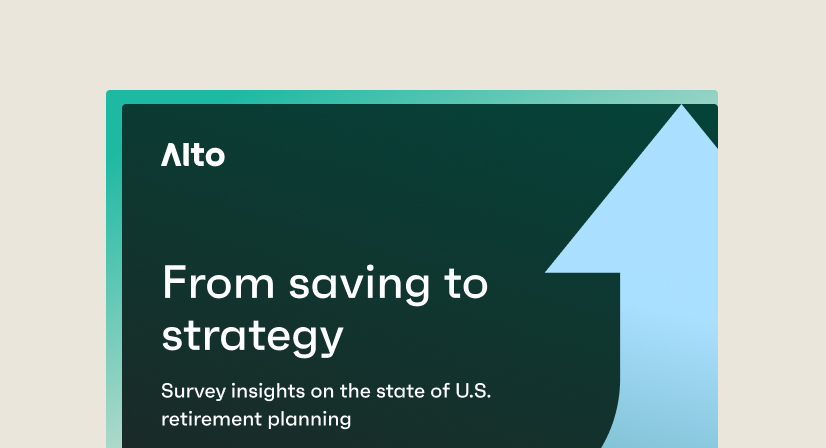Key Takeaways
- Ongoing uncertainty in public markets means that alternative assets can play a critical role in diversifying investors’ portfolios
- The average wealth of individual investors is only growing, and they are increasingly putting their money into alternative assets in private markets
- Innovative platforms like Alto are making it increasingly accessible to invest in private markets with digital tools
Alternative assets have long been a staple in the portfolios of institutional investors. And while they’ve been mostly out of reach for individual investors for a long time, a number of factors, perhaps most notably, the emergence of innovative investing platforms, are making private markets more accessible to investors of all kinds.
As individual wealth grows, individual investors are increasingly looking to private markets to maximize and protect their savings. Both wealth and investments in alternatives are on the rise, and putting that wealth behind alternatives has the potential to create a cyclical effect. The more wealth individuals accumulate, the more they have to invest; the more they invest in alternatives, the more potential they have to grow their wealth and preserve it against public market drawdowns.
It is important to note that while access to alternatives is broadly increasing, they do come with significant risks that prospective investors must carefully weigh against their unique financial situations.
Individual wealth is growing amongst both affluent and first-time investors
Individual wealth is growing—and not just for the already wealthy. While mass affluent and high-net-worth investors are witnessing their wealth climb, first-time investors are seeing the same. According to a recent report from consultancy EY, between 2020 and 2025, the collective wealth of the mass affluent is expected to grow 40 percent. The wealth of the richest people on the planet has grown at six to nine percent per year since 1995, and, although average wealth has not grown nearly at the same rate, it has still risen by 3.2 percent annually, according to the World Inequality Report. In fact, for the typical U.S. household between 2019 and 2022, net worth climbed 37 percent (after accounting for inflation), according to the Federal Reserve’s triennial Survey of Consumer Finances (SCF).
With a rise in wealth, it should come as no surprise that there’s also increasing interest in investing—particularly, in alternatives.
According to the Federal Reserve’s SCF, more Americans own stocks than ever before. But surveys suggest that younger investors are more interested in diversifying their portfolios beyond traditional stocks and bonds. Other surveys suggest that alternative assets are becoming ever more attractive to them, with 80 percent of young investors turning to private market opportunities.
Why are investors looking to alternatives?
One key reason for this mounting interest in alternatives is the desire to reduce correlation risk. Alternative investments often behave differently from stocks and bonds, meaning they may not move in tandem with traditional public markets. This lack of correlation could provide a valuable hedge during times of public market volatility.
On top of portfolio diversification, these investments offer unique opportunities for potential capital appreciation and income generation. Real estate investment, for example, offers investors the potential for rental income and property appreciation. Meanwhile, private equity investments provide access to privately held companies with the potential for significant capital gains through buyouts, mergers, and acquisitions. Rare collectibles—such as fine art, fine wine, and classic cars also attract investors seeking to diversify with tangible assets that can appreciate in value over time.
And thanks to the advent of online investing platforms and applications, it’s becoming even easier to tap into these spaces. In 2020, the U.S. Securities and Exchange Commission expanded the definition of accredited investor to include individuals with minimum standards of investment knowledge, which broadens a measure that had been solely wealth-based before.
These changes continue to help open up the alternative assets space and its opportunities to more investors.
The bottom line
As individual wealth is on the rise, individuals have more money to put into investments, which can, in turn, grow their wealth even more. Simply put, the more you have to invest, the more returns you could potentially realize. And thanks to new tools and opportunities that are increasingly available to individual investors, investing wisely is easier than ever.
Take, for example, Alto. With Alto, you can explore opportunities to invest in alternative assets through our range of partnerships and investment methods.





